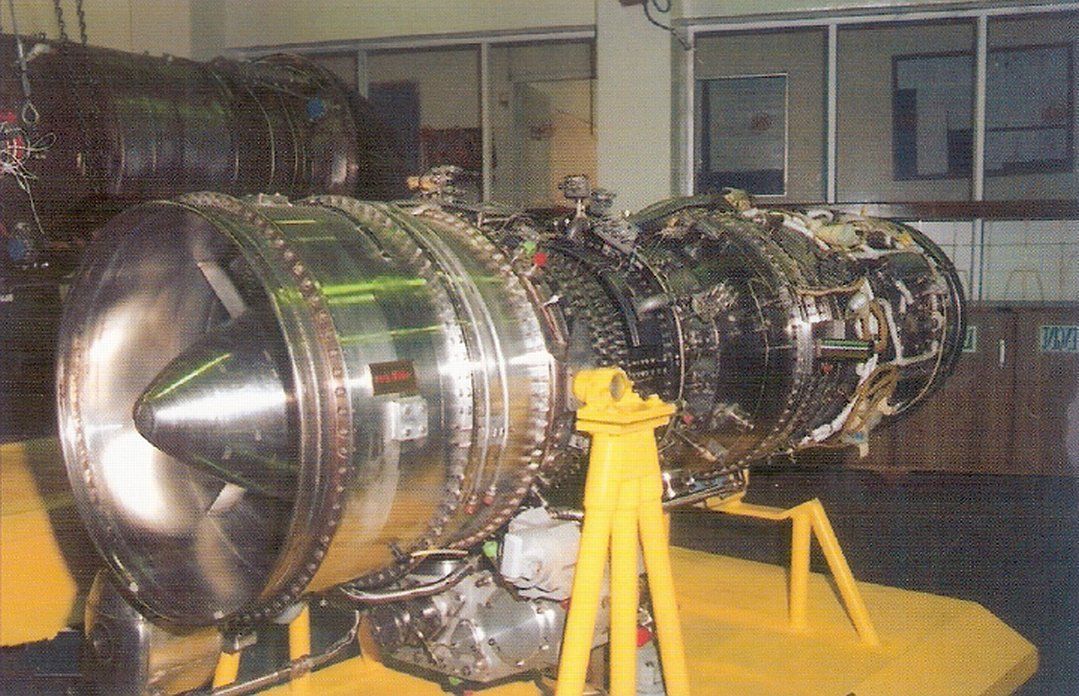SOURCE: AFI


The GTX37-14U, developed by the Gas Turbine Research Establishment (GTRE) under India’s Defence Research and Development Organisation (DRDO), stands as a pioneering achievement in the nation’s quest for self-reliance in aero-engine technology. Conceived in the 1970s, this afterburning turbojet engine marked India’s first fully indigenous jet engine design, laying the groundwork for subsequent advancements in military aviation propulsion. Though it never powered an operational fighter aircraft, the GTX37-14U remains a testament to GTRE’s early ambitions and engineering ingenuity, offering valuable lessons for India’s ongoing engine development programs.
GTRE, established in 1959 as the Gas Turbine Research Centre (GTRC) in Kanpur and later relocated to Bengaluru in 1961, was tasked with advancing India’s gas turbine technology for military applications. The GTX37-14U emerged from this mission, with its development beginning in the mid-1970s as a demonstrator engine for fighter aircraft. First run in 1977, it completed its demonstrator phase by 1981, showcasing GTRE’s ability to design and test a complex propulsion system from scratch—a feat accomplished with limited resources and expertise compared to global aerospace powers.
The GTX37-14U is a twin-spool afterburning turbojet featuring a three-stage low-pressure (LP) compressor and a seven-stage high-pressure (HP) compressor, each driven by single-stage turbines. With a flat-rated thrust of 44.5 kN (10,000 lb) dry and 64.3 kN (14,450 lb) with afterburner, it was designed to deliver consistent performance up to ISA +30°C—conditions typical of India’s hot and humid climate. This flat-rating concept, which maintains thrust across a wide temperature range, was an early precursor to GTRE’s later work on variable cycle engines, reflecting an innovative approach to meeting operational demands. The engine’s high throttle ratio (exceeding 1.13) and compact design made it a candidate for multirole performance aircraft, though its exact intended platform remains speculative, possibly linked to upgrades for the HAL Marut or a conceptual fighter.
A derivative, the GTX37-14UB, introduced a low bypass ratio of 0.215, transitioning the design into a rudimentary turbofan configuration. This variant increased core airflow and slightly enlarged the frontal area, aiming to balance thrust and efficiency—a stepping stone toward GTRE’s eventual focus on turbofan technology with the Kaveri engine. Both versions highlighted GTRE’s experimental approach, testing concepts that would inform future projects despite the technological and infrastructural constraints of the era.
The GTX37-14U’s development was a bold endeavor for a fledgling aerospace entity. Initiated two decades after GTRE’s founding, it built on earlier successes like the 10 kN centrifugal engine of 1959-61 and the reheat system upgrades for the Orpheus 703 engine in the 1970s. Performance trials, conducted between 1977 and 1981, validated the engine’s design, with a few units continuing to serve as testbeds into later years. However, the program did not progress to production, likely due to India’s limited industrial base, lack of advanced materials, and the absence of a state-of-the-art wind tunnel facility—challenges that would also plague the subsequent Kaveri project.
While the GTX37-14U never entered operational service, its significance lies in its role as a technological demonstrator. It provided GTRE engineers with hands-on experience in aero-thermodynamics, compressor design, and afterburner integration—expertise that proved invaluable for the GTX-35VS Kaveri, sanctioned in 1989 for the HAL Tejas. The Kaveri, though delayed and eventually delinked from the Tejas, drew heavily on the GTX37-14U’s legacy, particularly its flat-rating principles and compressor staging concepts. The GTX37-14UB’s brief foray into turbofan design also foreshadowed GTRE’s shift toward more efficient propulsion systems, seen today in projects like the Manik engine and the Kaveri Marine Gas Turbine.
Critically, the GTX37-14U exposed the gaps in India’s aerospace ecosystem at the time. Unlike established players like the United States or Soviet Union, GTRE lacked the infrastructure and funding to transition from demonstrator to production. The engine’s turbine entry temperature, capped at 1,450°K due to material limitations, constrained its performance ceiling—a reminder of the technological hurdles India faced. Yet, this project challenged the narrative of perpetual dependence on foreign engines, proving that India could conceptualize and build a jet engine independently, even if imperfectly.
NOTE: AFI is a proud outsourced content creator partner of IDRW.ORG. All content created by AFI is the sole property of AFI and is protected by copyright. AFI takes copyright infringement seriously and will pursue all legal options available to protect its content.